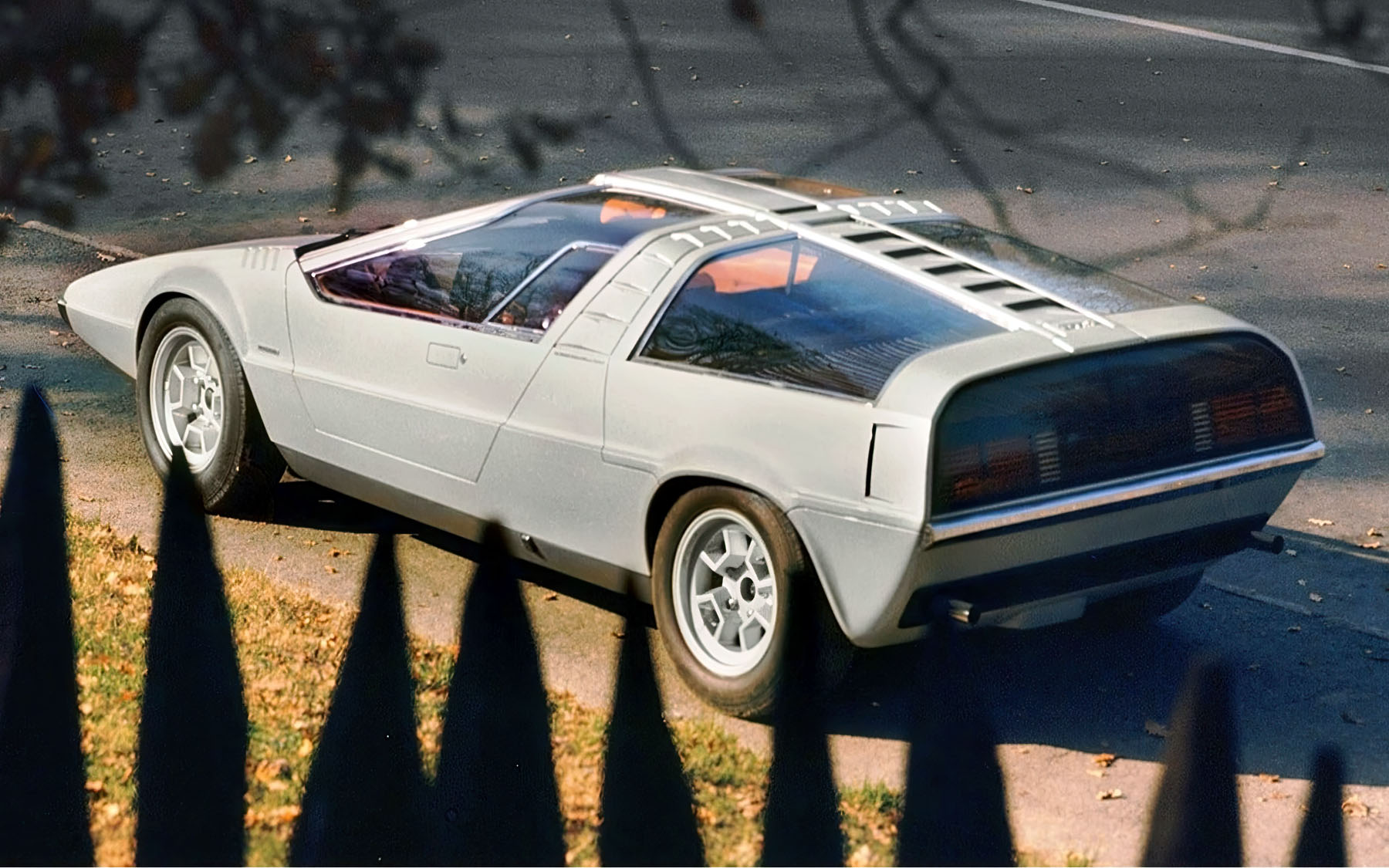Porsche, as we all know, is a name that is synonymous with clean, simple lines that highlight the peak of German engineering. Even from a mile away, you could pick out a 911 from a Cayman from a Taycan, each very similar in design language but completely different in shape and final product. However, if you look back to the 1970s through to the 1990s, this wasn’t always the case.
Specifically, there are three one-off design concepts from that period, when Porsche was having the same kind of midlife crisis that caused many of their cars to be sold. They had emerged from being a small company to a moderately sized sports car manufacturer but were unsure where their design language was going. From this period, we did get some absolutely stunning cars, such as the Type 930 911 Turbo, but more often than not, they made concepts that were… odd.
No Subscription? You’re missing out
Get immediate ad-free access to all our premium content.
Get Started



